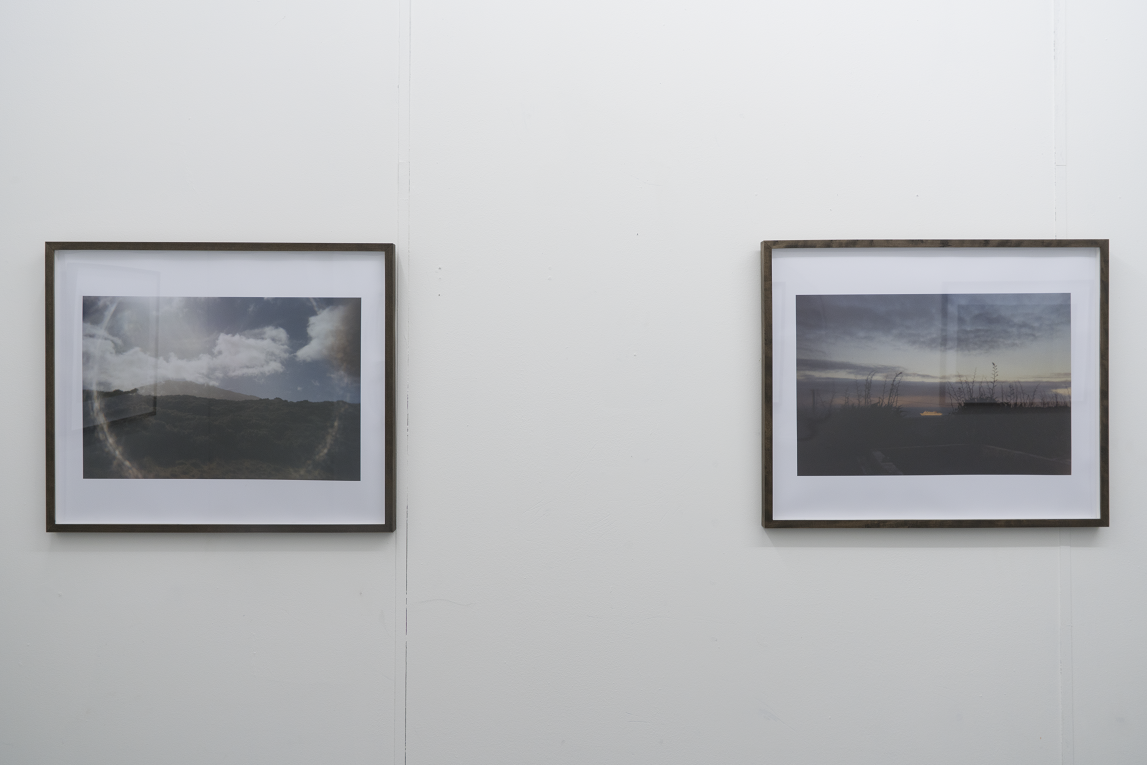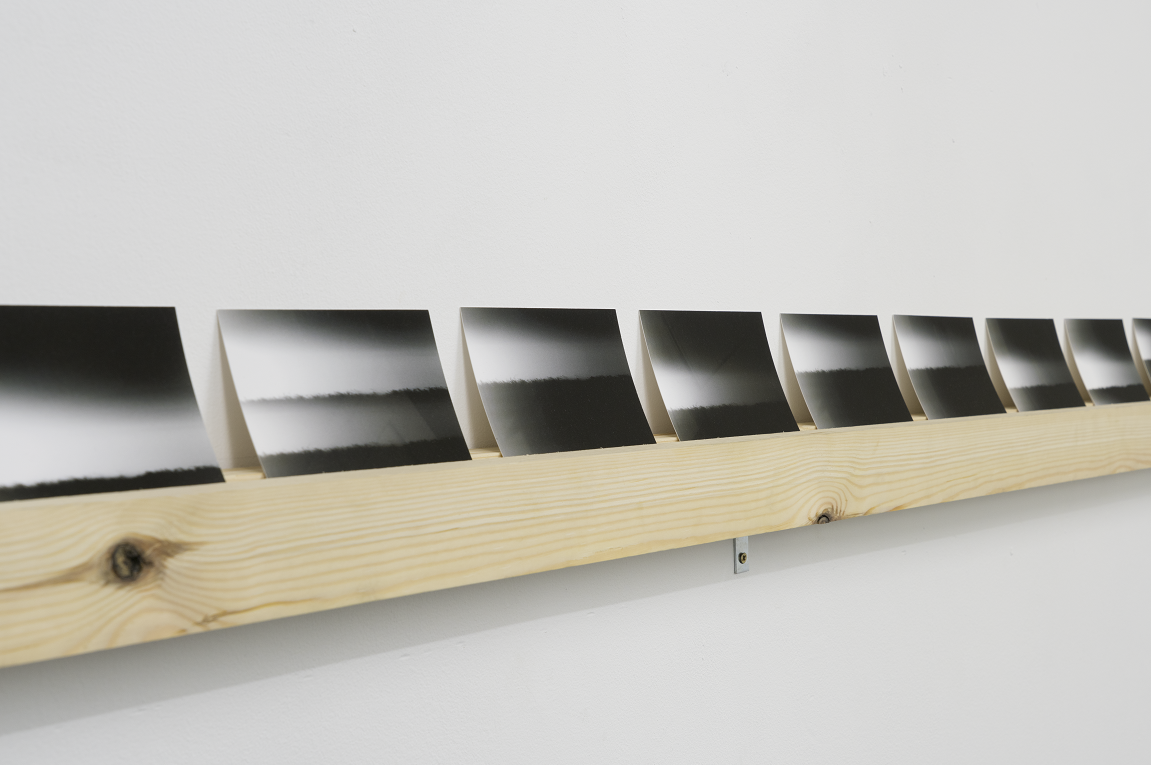REVIEW: MERCURY @ ROAMING PROJECTS
Roaming Projects’ debut exhibition Mercury is the result of a six-year photographic and anthropologic project by London-based artist Lewis Chaplin that seeks to uncover the truths and mysteries that have shaped the representation of British-occupied Tristan da Cunha. The body of Chaplin’s work demonstrates his searching for, and creating of, a history of this South Atlantic island, drawing from material that is archival, imagined, and ethnographic and provoking questions surrounding cultural memory, territory and national identity.
Tristan da Cunha is one of the most remote islands in the world that is only accessible with permission, and the first room of the exhibition presents a series of 5 photographs (Untitled, 2016) of the island. Its inaccessibility prompted Chaplin to equip the inhabitants with disposable cameras, enabling him to pursue his anthropologic study via an ethnographic practise. This detached mode of photography echoes the physical distance between artist and island, raising questions of authenticity and agency. This array of photographs presents the viewer with a strange juxtaposition, varying from a lush green volcanic landscape, a cruise liner in the distance, and a collection of bungalows. The recognisable architecture evokes the familiar portrait of a small British town. The grey and gloomy clouds are present in each scene and provide another affinity, this time between the all too familiar English weather and that of Tristan. The combination of recognisably ‘British’ tropes with a raw volcanic landscape feels uncanny; the viewer sensing both a connection and disconnection to this strange yet familiar place.
As the viewer moves through the exhibition they encounter the installation Group-of-men-sit-together-after-a-wedding-in-Tristan-da-Cunha (2017), where a print of a sky-blue cottage window shot in the UK hangs, printed in a large format on poster paper that scales an entire wall of the gallery space. Its colour resonates with a 4 x 6 photograph hanging on the adjacent wall. Chaplin found this image in an archive of Tristan; it depicts a doctor, who had devoted much of his time researching the island, with his back to the camera. He seems to be bending over, revealing the sky-blue wall in the background. The viewer is denied access to what this doctor looks like; we can barely get a sense of what kind of person this is. This inaccessibility echoes the denial of admission both to the island and to its history. By coupling this actual archival image of the island with a disparate yet formally similar photograph, the viewer is prompted to consider how the artist is playing with the archival role in historical and cultural memory. The photograph of the cottage in the context of this exhibition acts as an archival image and therefore is contributing to the both the real and imagined archive of Tristan da Cunha.
The closing section of the show consists of Untitled (Horizon) (2017), a series of damaged film that forms part of the body of photographs taken by Tristan’s residents, and Untitled (Southampton) (2015), a video and sound piece that echoes throughout the exhibition space. The video is shot in low-resolution; the black and white pixelated images of the Southampton Sea alongside the broken noise of the wind hitting the microphone resonates the fragmented memory and imagination of Tristan. This simultaneously seems to evoke further Chaplin’s inaccessibility to, and physical distance from, the island, forcing the artist to produce his own archive in order to imagine Tristan. The aforementioned damaged photos intensify this continuous search as they visualise the problems of inaccessibility faced in the duration of this project. These impaired images attempt (but fail) to reveal the alien landscape of Tristan, and thus highlight the lack of visibility that the island maintains, yet their production and their placing within this exhibition aligns them with the history of Tristan and contribute to its archive.
With Mercury, Lewis Chaplin has synthesised imagery of Tristan da Cunha, both real and imagined, to explore and create a history of the island. The exhibition explores the implications that subjectivity has on both the archive and perception of an unknown place, its people and culture. Finally, Roaming Projects are hosting Mercury in a disused rubber clothing shop in central Somers Town, a space that echoes with the same sense of Strangeness or Otherness that is prevalent within Chaplin’s artwork.
‘Mercury’ @ Roaming Gallery exhibiting until 19th February 2017 (http://www.roamingprojects.com).
– by Alexandra Hull
Image Captions:
Installation View # 1, ‘Mercury’ © Roaming Projects Gallery
Installation View # 2, ‘Mercury’ © Roaming Projects Gallery
Installation View # 3, ‘Mercury’ © Roaming Projects Gallery
Installation View # 4, ‘Mercury’ © Roaming Projects Gallery
Alexandra Hull is currently studying an MA in Contemporary Art Theory at Goldsmiths and previously completed her BA in History of Art at the University of Manchester. She is a part of curatorial duo ‘g_URL’ who are collaborating with young female creatives who are working in the intersection of art and tech.





